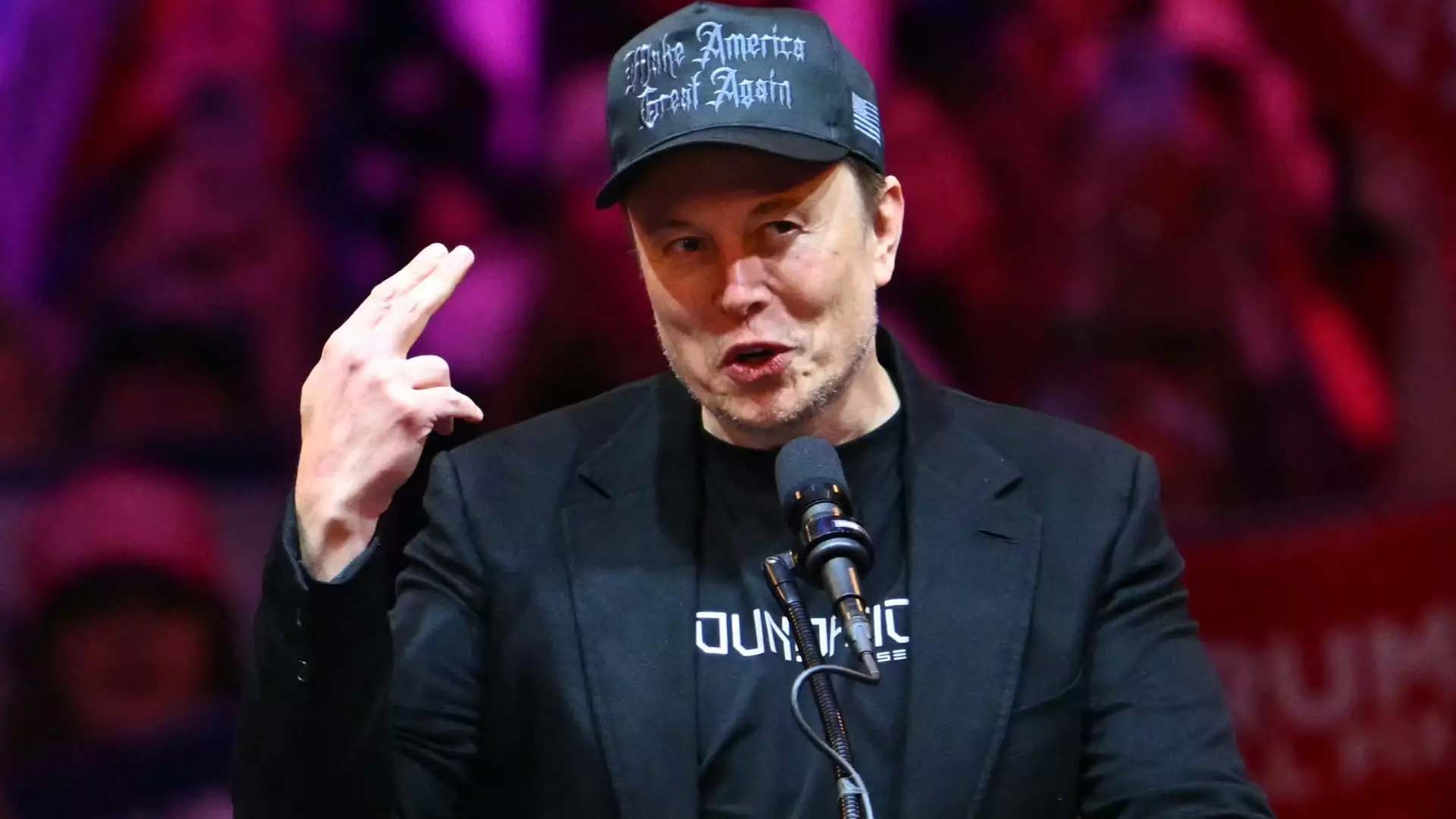The debates surrounding former President Donald Trump’s economic policies are intense and multifaceted. Recently, numerous high-profile figures in Trump’s camp, including business magnate Elon Musk, have engaged in discussions about how Trump’s economic strategies might affect consumers. Most notably, they acknowledge that while Trump’s proposed economic toolkit may raise prices in the short term, they assert that these adjustments could lead to long-term benefits. This article examines the implications of such economic policies, the contrasting viewpoints among experts and political allies, and the broader economic landscape.
At the heart of the debate is the overwhelming consensus among economists that Trump’s economic strategies could lead to an increase in consumer prices. Major components of Trump’s plan, namely universal tariffs on imports, especially those from China, have raised red flags among financial experts. Such tariffs, while aimed at incentivizing domestic production, would likely lead to immediate price hikes on various goods, creating a ripple effect across the economy. Elon Musk, who has recently expressed agreement with commentary regarding the potential for market instability due to these tariffs, highlights the concerns of many. The warning signs are clear: the implementation of Trump’s policies could usher in what critics label a “Trump sales tax.”
The Long-Term Promise: A Bet on American Resilience
Despite the immediate drawbacks, Trump’s allies argue that the pain endured at the onset will yield substantial long-term gains. They claim that higher tariffs could refresh American manufacturing and create job opportunities. Howard Lutnick, CEO of Cantor Fitzgerald and a member of the Trump-Vance 2025 transition team, addressed the situation plainly on CNBC, admitting that raising tariffs means higher prices. However, he remained optimistic about the ability of American consumers to pivot toward domestically produced alternatives. This narrative portrays an economic strategy that demands short-term sacrifices for the sake of a stronger domestic economy.
Inflationary Pressures and Deficit Concerns
The broader implications of these policies necessitate careful scrutiny. Many analysts warn that inflating the federal deficit—an unintended consequence of hasty economic maneuvers—could ultimately exacerbate inflationary pressures in the long term, significantly undermining the purchasing power of everyday Americans. Notably, Vice President Kamala Harris has capitalized on these fears, presenting a stark critique of Trump’s approach by emphasizing potential damages to the consumer market. This discourse opens up a fundamental question: will the anticipated rise in wages and jobs substantially counteract the immediate financial burdens imposed by increased tariffs?
Among Trump’s supporters, including Ohio Senator JD Vance, there’s a prevailing belief that the economic benefits of increased domestic production and employment opportunities will outweigh the associated consumer costs. “Anything that you lose on the tariff from the perspective of the consumer, you gain in higher wages,” Vance suggested in an interview, suggesting an overarching narrative of economic resilience. This perspective frames the discussion not merely as an economic policy choice but as a moral obligation—to uplift American workers and industries, thus promoting a more self-sufficient economy.
However, such optimism raises questions about feasibility. Critics argue that this approach oversimplifies the complex realities of modern supply chains and consumer behavior. Many essential goods cannot be produced domestically at competitive prices or may not have an American equivalent at all, leading to greater financial strain on consumers without the promised economic gains. Thus, the supposed “pain for gain” philosophy hinges on the assumption that sufficient domestic alternatives exist to mitigate cost increases, a notion that merits further evaluation.
As the 2024 election approaches, the discourse surrounding Trump’s economic policies will undoubtedly intensify. The tension between immediate economic impacts and long-term aspirations presents a complex challenge for policymakers and consumers alike. Balancing the need for economic revitalization with the realities of pricing structures and inflation is no small task. Ultimately, voters will need to consider not only the promises of increased wages and jobs but also the tangible effects of higher prices on their daily lives. Whether the strategy of accepting short-term pain for potential long-term benefits will resonate with the electorate remains to be seen. In this evolving narrative, it is crucial for all stakeholders to engage in comprehensive and nuanced conversations regarding the future of America’s economic landscape.


Leave a Reply